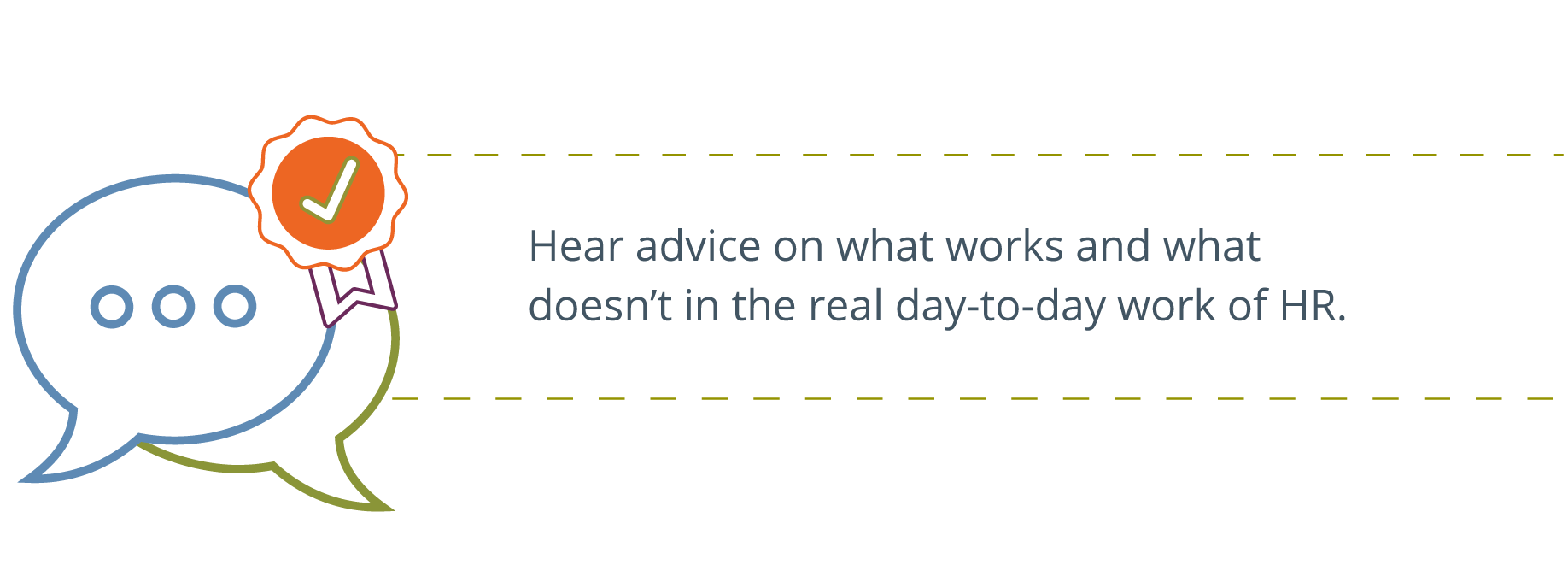Every company stands and falls with its leaders.
There's nothing more critical to success than the people you choose to lead. But of course, no one will be perfect. Every leader has unique strengths and challenges, some of which you can develop and some you can't. The key to it all is knowledge. And that's why we’ve created this guide to leadership assessment.
In recent years, we’ve seen a major movement in HR to build data into their leadership processes. We all recognize that it’s not enough to make these crucial decisions based on gut feeling alone. After all, we’re only human, subject to our own biases.
This is especially important as businesses turn their focus to diversity and inclusion. We need to be thinking differently about people and considering all angles of our talent strategy. We can’t assume that the superstar leadership profile of the past will stay the same for the future.
That’s why so many clients are now trying to bring leadership assessment into their strategy. However, leadership assessment can be complex. It’s not enough to simply have data. You need the right data for the right purpose.
We created this guide to leadership assessment to help HR professionals get started. We want you to understand the types of data you can get, and how you can leverage them.

How to Use This Guide
This is designed to be a practical guide to leadership assessment. It’s based on the common questions that we hear from our HR clients every day. While we have a lot of industrial-organizational psychologists doing excellent research behind the scenes, this is not a whitepaper or research piece. Rather, it is advice based on our experience working with clients for five decades to successfully implement leadership assessment.
In short, this is our advice on what works and what doesn’t in the real day-to-day work of HR.
Note that this is a “living” guide to leadership assessment. That is, we intend to update it as we explore new areas in assessment, get new data, and most importantly, based on your questions. So if you have a burning question about leadership assessment, please send it our way at info@ddiworld.com. You can be our inspiration for new sections!
Understanding Leadership Assessments: Signs vs. Samples
A quick overview of how to understand the two main ways to collect data, and how you can use each type.
How to Use Personality Tests for Leaders
Personality tests are some of the most common tests used in business. But they are also commonly misused, with data being applied to the wrong purpose.
How to Use Leadership Tests
They’re fast. They’re easy to use. And they can deliver solid data about a person’s knowledge, judgment, and preferences. But there are limits to what you can do with test data.
How to Use 360-Degree Feedback
It’s critical to know how the people around you respond to your actions. That’s why so many companies collect 360-degree feedback. But while 360s are deeply valuable for feedback, there can be some pitfalls when they are used incorrectly.
How to Use Assessment Centers
Assessment centers offer some of the most robust, multi-use data on the market. But are they right for your situation?
How to Combine Assessment and Development
Assessments offer deep insight on where people are today. But the real question is what you do with that insight. Learn how assessment can drive focused, accelerated leadership development for your future.
About the Author
Michael Ganeles is the Director of Product Management responsible for managing DDI’s Leadership Assessment Solutions. During his 14 years with DDI, he has consulted with organizations across various industries to implement leadership assessments to support the selection and development of leaders across the pipeline. His areas of expertise include system-wide competency modeling, selection system design and implementation, succession management and leadership assessment and development. Michael holds a Masters of Science in Industrial/Organizational Psychology from Baruch College and currently lives in West Hempstead, NY with his wife and three children.
